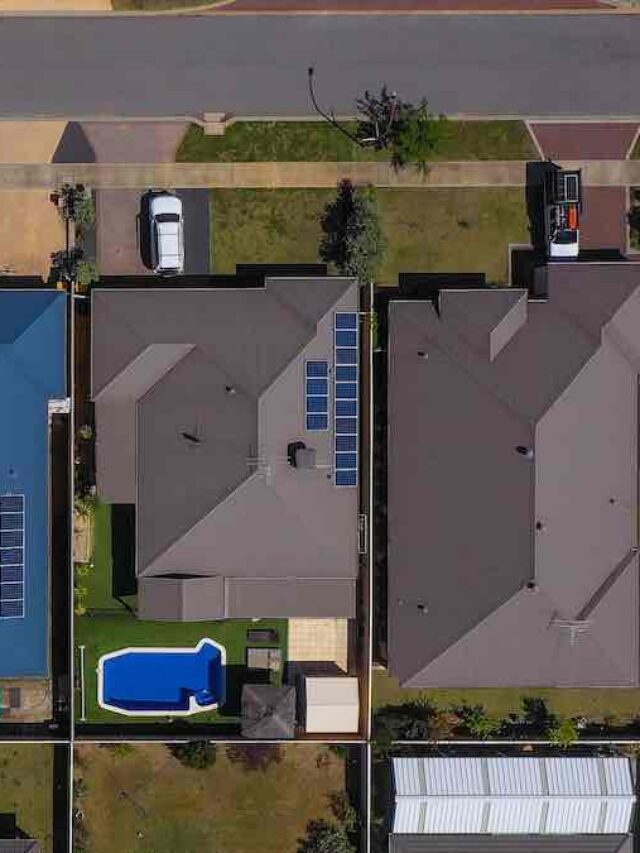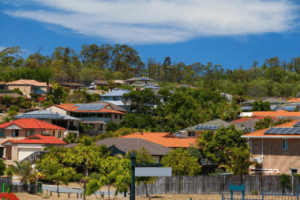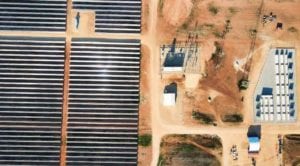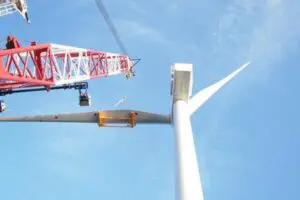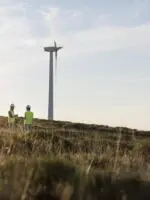The pivotal role rooftop solar and home batteries can and should play in Australia’s electricity system has been recognised by the Australian Energy Market Operator, with consumer energy assets listed alongside large-scale renewables and storage as critical to reliable future supply.
In its 2024 Electricity Statement of Opportunities (ESOO), the annually updated 10-year outlook for the National Electricity Market, AEMO says the recent progress of nearly 6GW of large-scale solar, wind and storage has vastly reduced looming supply gaps.
But it’s not all about big wind and solar. The report says additional developments will complement these schemes, particularly transmission projects, coordinated consumer energy resources (CER) and flexible demand response.
In short, AEMO says integrated operation of CER – including rooftop solar, home batteries, electric hot water systems and electric vehicles – with the broader power system is necessary to ensure power system security can be maintained.
“Action both in the short and long term is needed as the level of CER continues to grow,” the ESOO report says, pointing to the urgent implementation of the national CER Rroadmap as a key priority.
“The National CER Roadmap sets out a range of initiatives that will support integration and help to ensure all consumers can continue to benefit from these resource.
“This is particularly important for periods where high distributed photovoltaics (PV) relative to underlying demand results in minimum operational demand levels where action may be required to maintain power system security.
“This is anticipated to occur in all mainland regions in coming years.”
The National Consumer Energy Resources (CER) Roadmap – Powering Decarbonised Homes and Communities, was officially launched in June, to deliver national reforms for the efficient, effective and fair integration of smaller-scale energy resources.
Australia’s state and federal energy ministers agreed to develop a national roadmap for customer‑owned energy resources, and to consider taking a national approach to the rules governing assets like rooftop solar, home battery storage and electric vehicles.
To many in the industry it was a welcome, but long-awaited recognition that the energy assets owned and installed by consumers can provide fast, cheap decarbonisation – and need just as much attention and support as large-scale generation and storage in order to do so.
As Steve Blume, the secretary of the Smart Energy Council and vice chair of the Global Solar Council, noted at the time, governments have not been alone in ignoring what has rapidly become the largest electricity generation capacity in the country.
“CER is given only cursory attention by [the Australian Energy Market Operator],” he told Renew Economy at the time, “still seeing it as a problem to be managed and not an integral part with which it must be engaged. This [energy ministers] meeting outcome might be the stimulus needed to change that.”
It seems to have done the trick.
“AEMO’s outlook for consumer energy resources (CER) has been upgraded, reflecting the fact that households are installing larger rooftop solar systems,” said Jay Gordon, IEEFA’s Australia electricity financial analyst on Thursday.
“This is in line with IEEFA’s observation that previous AEMO forecasts had underestimated this growth. In aggregate terms, AEMO expects Australian households will produce more energy than they consume by 2040.
“AEMO’s analysis shows that the reliability outlook could be improved even further through more coordinated rollout of CER.
“IEEFA’s research has highlighted the many system benefits of CER, and this explains why AEMO has called for urgent implementation of the national CER roadmap,” Gordon says.
“The energy operator is right that rolling out solar and storage to millions more homes in a coordinated way is a huge opportunity to cut costs of living for more families and secure even more reliable energy,” said the Climate Council’s head of policy and advocacy Dr Jennifer Rayner.
“This should be a top priority for all politicians at the coming federal election.”
Stephine Bashir from Nexa Advisory says Australian should feel reassured that even under AEMO’s worst case modelling, there are likely to be only very small power shortfalls that can easily be reduced by accelerating residential and commercial rooftop solar and batteries.
But Bashir adds an important caveat: “The reassurance from this modelling does not mean that industry and governments can sit on their hands. There is an ever present need to get on with it!”

